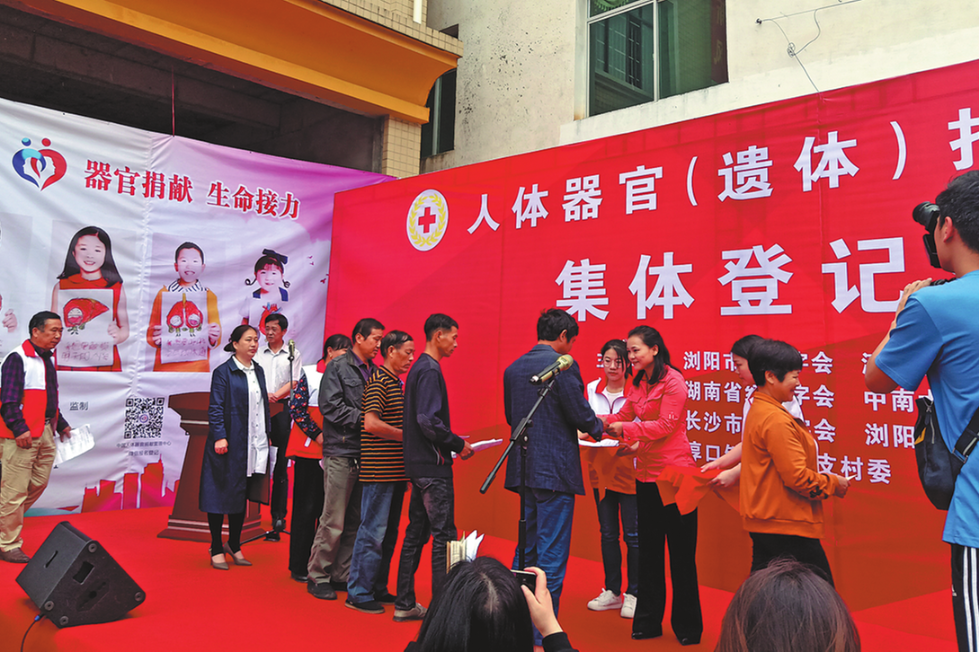Cultural, tourism integration via museum craze
By Hui Ming | China Daily | Updated: 2024-02-19 07:47

Culture is the soul of tourism. Drawing on the successful experiences of the countries and cities that attract the highest number of tourists, tapping into various cultural resources such as museums, industrial and intangible cultural heritages, theater performances, and more to attract more visitors is an important way of upgrading China's cultural tourism industry.
Thanks to mobile internet and digital cultural technology, the integration of the culture and tourism industries has been progressing at a fast pace.
China has more than 5,000 cultural relic protection and exhibition institutions, with about 760,000 immovable cultural relics nationwide and 108 million movable cultural relics in national museums.
Protecting these cultural relics is an extremely arduous task. And since the strict security needed to protect these relics prevents many from viewing them, China's cultural relic protection departments have built digital museums which have 3D digital archiving and cloud exhibitions, allowing not only people to admire them but also developing a new mode of cultural heritage dissemination. This has enabled the preservation of cultural relics and heritage.
The digitalization of cultural resources and the construction of digital museums facilitate the creative transformation of traditional Chinese culture and development of the tourism and digital cultural industries.
A large number of digital presentation projects of cultural relics have been developed, such as the "Digital Palace Museum" and "Digital Hall of Treasures" by the Palace Museum (Forbidden City), the "Digital Dunhuang" and "Digital Cave of Scriptures" by the Dunhuang Academy, "Cloud Tour of the Great Wall" jointly developed by Tencent and other institutions, the "Tang Dynasty Palace Night Banquet" and the stunning underwater dance "Prayer" presented by the Henan Museum, as well as the "Zhou, Qin, Han, Tang" digital cultural spectrum course launched by the Shaanxi History Museum.
These projects have greatly stimulated people's love and interest in China's historical and cultural heritage. Museums across the country are using digital technology to exhibit various cultural relics and heritage online, arranging for professionals to conduct museum tours through livestreaming, providing virtual immersive museum experiences.
The implementation of targeted policies has increased the public's interest in museums. The museum craze has five prominent manifestations. First, the public's enthusiasm for visiting museums has reached an unprecedented level, with rapidly increasing visits.
According to National Bureau of Statistics data, from 2012 to 2019, the number of museum visitors nationwide increased from about 560 million to 1.2 billion, with an average annual growth of 79.74 million. After the end of the COVID-19 pandemic, in 2023 museum visits in China saw an explosive growth. Last year, the National Museum alone recorded 6.76 million visitors, up 314 percent year-on-year.
Second, the internet has become a main source of museum communication. According to the "2023 Museum Data Report" of Douyin (the Chinese version of TikTok), in 2023, the total number of museum-related video views on Douyin alone reached about 51.3 billion, equivalent to 66 times the annual number of visitors to museums nationwide.
Third, themed TV programs on cultural relics and museums continue to be popular. They innovatively use different methods to enhance the audience's perception and depth of understanding of China's culture.
Fourth, museum cultural and creative products and intangible cultural heritage products continue to sell well, and continue to attract visitors to museums and boost the sales of cultural and creative products.
And fifth, museums have helped young students to study, better understand history, learn about cultural dissemination, and enhance their aesthetic knowledge.
The museum craze in China is the result of various factors, including the overall improvement in the level of museum services and people's quest for a better life. But the core factor that has ignited the museum craze is undoubtedly the arrival of the digital culture era.
Digital technology has transformed the existence of museums, allowing traditional museums, which were previously confined to physical spaces, to have digital counterparts online.
The integration of culture and tourism has thus entered a new digital stage, with an unprecedented increase in its depth and breadth.
Behind the museum craze is also the significant enhancement of the historical and cultural confidence of the Chinese nation. The digital integration of culture and tourism continues to create new aesthetic forms of modern Chinese civilization, consolidating the common consciousness of the Chinese nation among the people and enhancing the public's sense of cultural attainment and happiness.
The status of digital museums will be further elevated in the national digital culture strategy. And the integration of culture and tourism led by digital culture will propel China toward a new height of digital civilization.
The author is associated with the Cultural Research Center, Chinese Academy of Social Sciences.
The views don't necessarily reflect those of China Daily.
If you have a specific expertise, or would like to share your thought about our stories, then send us your writings at opinion@chinadaily.com.cn, and comment@chinadaily.com.cn.
























